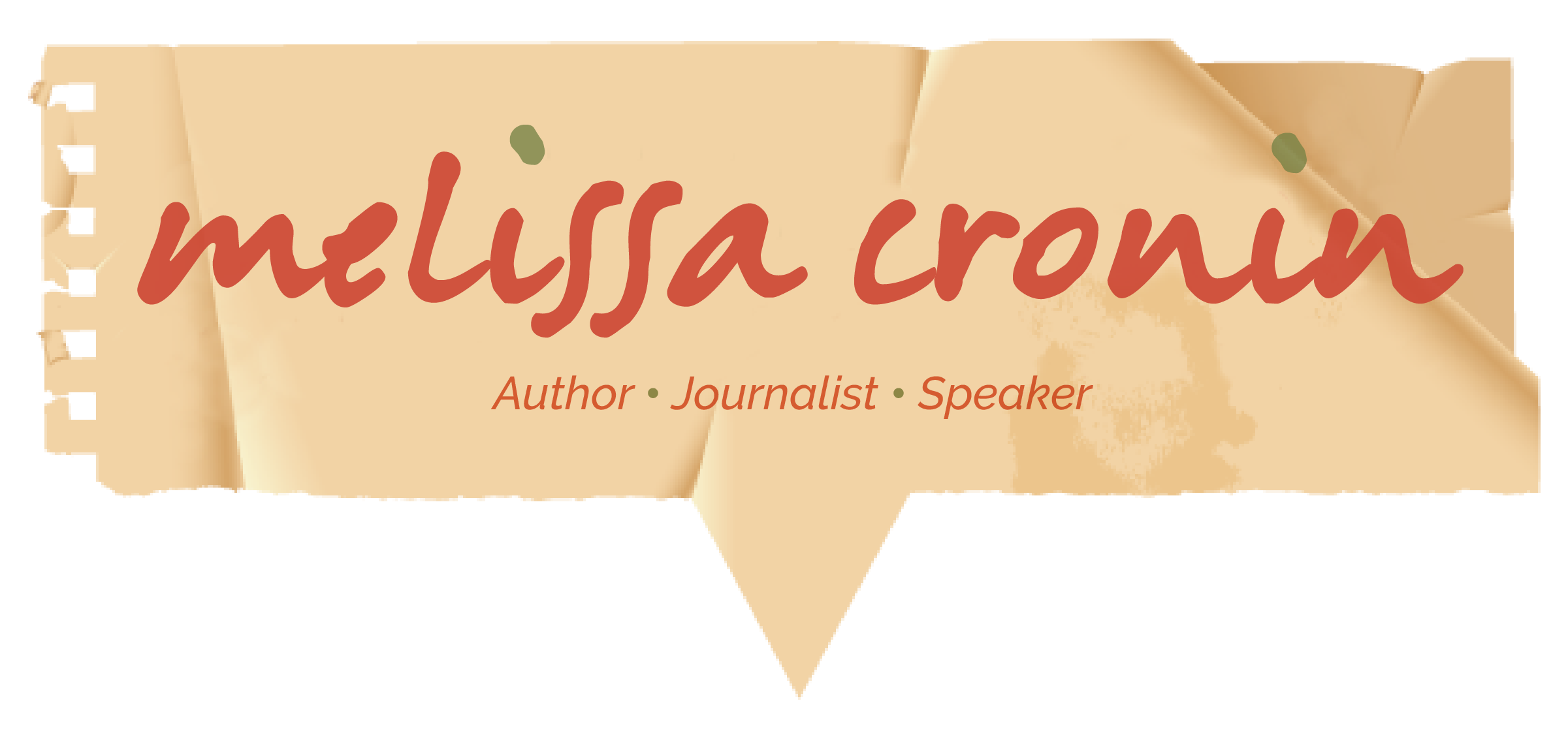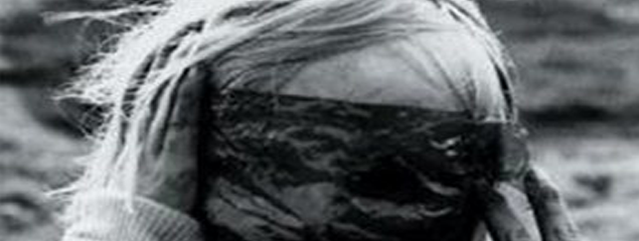Recognition in a Window
In Lucy Grealy’s memoir, Autobiography of a Face, the focus remains on the author’s identity struggle as she faces years of cancer treatment in which one third of her jaw is removed. How does she take us on her conflicted journey of needing to be accepted for who she is versus succumbing to society’s notion of acceptance?
She implants particular objects that carry the story forward: the hat she almost never takes off, and the turtleneck her mother encourages her to wear to hide her balding head and disfigured jaw. The mirror, her reflection, is Grealy’s nemesis: she says she is an “imposter” when she looks in the mirror (220). And she avoids looking at the details of her face: “Though I had looked at the scar running down the side of my still swollen face, it hadn’t occurred to me to scrutinize how I looked. I was missing a section of my jaw, but the extreme swelling, which stayed with me for two months, hid the defect (62).”
By employing phrases – “I tried to camouflage myself by sitting in the middle of the group,” and “I felt as if my illness were a blanket the world had thrown over me” – Grealy evinces her identity struggle. She does the same through metaphor: “Our house was falling apart,” and “Our home’s drastic state of disrepair” (35, 80). Her house is in disarray like that of her body and emotional state.
By narrowing in on the transformative events – surgeries, hair loss from chemotherapy, becoming a teenager and growing into a woman, interactions with men – Grealy maintains an integrated story of identity. In doing so, the reader is brought into her world, a world colliding with emotions: fear and anger, longing and loneliness, humiliation, denial, sadness.
But ultimately Grealy moves toward self-recognition: she matures from a 9-year old, unaware of what it means to have cancer and naïve as to how to cope with significant deformities, to an adult where she becomes mired in the conflict between acceptance of herself as she exists versus the desire to appear pretty in order to be accepted. She does not achieve complete resolution on, and off, the page – complete resolution is asking a lot of the writer who has suffered any kind of illness, or trauma. But, while at a café with a new lover, Grealy “experiences a moment of freedom,” and arrives at understanding (222):
As a child, I had expected my liberation to come from getting a new face to put on, but now I saw it came from shedding, shedding my image. Society … tells us again and again that we can most be ourselves by acting and looking like someone else, only to leave our original faces behind to turn into ghosts that will inevitably resent and haunt us (222).
And so, as Grealy says, “I looked with curiosity at the window … to see if I could recognize myself (223).”
Grealy, Lucy. Autobiography of a Face. New York: Harper Perennial, 1995. Print.


Recent Comments